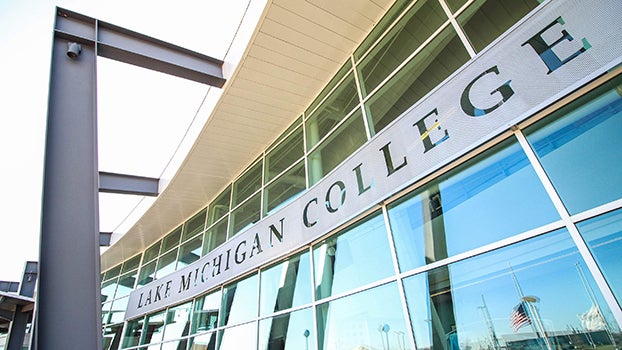Michigan Notable author presents book about famed locomotive at NDL
Published 8:25 am Monday, June 19, 2017
Once a power horse of the railroad, steam engines hauled coal, grain and auto parts up and down the country, until the advent of the diesel engine almost rendered them obsolete.
In the 1950s, one such engine, a former Pere Marquette railroad locomotive called 1225, sat on a railway track with a number of other steam engines, destined to be turned to scraps in New Buffalo, Michigan.
If not for Chrysler Executive Forest Akers, that would be the end of the story. But Akers had a “soft spot” for trains and wanted to preserve an important part of the nation’s history. Through some industry connections and a friendship with Michigan State University president John Hannah, Locomotive 1225 found a new home on the campus in 1957. There the train became little more than a display relic, surrounded by a fence topped with barbed wire.
Kevin Keefe, a former Niles resident and recently selected Michigan Notable Book author, re-told the story of 1225’s salvation from the junk heap in his book “Twelve Twenty-Five: The Life and Times of a Steam Locomotive.”
The book received the State History Award 2016 and was recognized as a Michigan Notable Book 2017. This month, the author began a Michigan tour to present the book across multiple cities. On his itinerary was a stop in his hometown of Niles.
Keefe presented Thursday evening in the Niles District Library to an audience of about 20.
“The book does not have much of a connection to Niles, per se,” Keefe said. “But it is very much a Michigan book [about]
Michigan people and Michigan industry.”
Keefe’s unwavering passion for trains was encouraged while growing up in Niles.
Since his childhood days watching the trains come and go from the Niles train station, now the historic Amtrak depot, Keefe has served as a writer for the Niles Daily Star, South Bend Tribune, the Oakland Press in Detroit and the Milwaukee Sentinel. Eventually, he became an editor-in-chief for Trains Magazine, to name just a few career accolades. He now lives in Milwaukee, Wisconsin with his wife, Allison.
For readers who could not give a hoot about trains, the book will likely still be interesting, due to the story’s focus on a group of determined students who fought multiple odds to restore the 100-foot metal behemoth to its former railroad glory.
As a college student studying journalism, Keefe encountered 1225 while trekking across the Michigan State University campus.
Starting in 1969, students rallied together to form a club and began disassembling the train to figure out how to get it working again.
As a member of the group, Keefe used his journalistic prowess and acted as a publicist to help inform people about the project. He also applied some elbow grease and helped to tinker with the train’s engine.
Throughout students’ efforts, campus administrators began to see the project as an unsightly mess, too close for comfort to the campus’s stadium.
Besides administration, students battled working against the Michigan elements as they tried to keep the train from sustaining further weather damage. The other major issue became how to get funding to keep the project going.
Keefe and a group of students got together to form an advertising committee. They eventually decided to buy an advertisement in Train’s Magazine, encouraging readers to sponsor the project. The ad quipped “Watch your money go up in smoke.”
“We thought maybe we could get some of these guys and they were all guys to join the club as associate members,” Keefe said. “We ran this ad and by golly, dozens of membership checks started pouring in.”
The support helped students to obtain several hundred dollars to continue to fuel the project and the train’s journey to a new life beyond a gate.
There were many other key players who helped to eventually restore the train and for those details, people will have to buy Keefe’s book.
Ultimately, after years of work, students realized they could not fully restore the train on their own. In 1983, the train was transported to the Steam Railway Institute, in Owosso, Michigan where it was fully restored.
But, if not for students’ efforts and care in restoring the World War II era machine, 1225 would have likely met a different fate.
One of under 10 Pere Marquette locomotives in existence today, the train now hauls passengers throughout the holiday season. Some are eager to see the machine that became the star of the 2004 children’s movie “The Polar Express.” Keefe said movie makers creating the holiday flick were partly drawn to its number 1225 — the date of Christmas day.
While a few changes were made in the movie’s illustrations, the train was largely drawn as is. The train’s noises, including every pop, squeak and whistle, were also recorded for the movie, Keefe said.
In the audience that evening was Jim Meyer, of Niles, an avid reader of Trains Magazine and of Keefe’s book.
“It really is so cool that this group of students was able to accomplish this,” Meyer said.
Whether train enthusiast or sucker for an uplifting story, Keefe’s book reminds those who read it that even when faced with miraculous odds, charging full steam ahead for a good cause can achieve just about anything.







